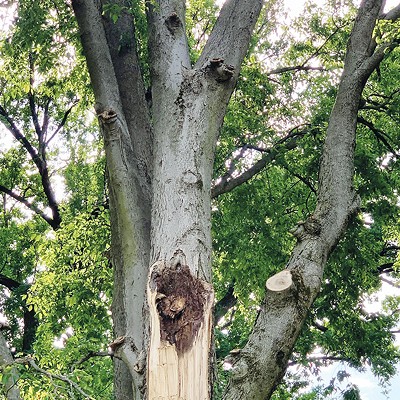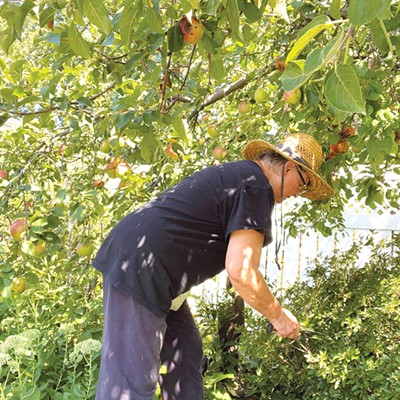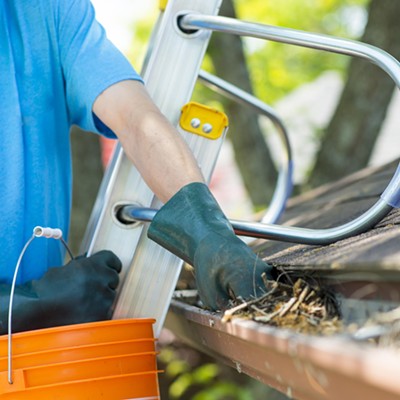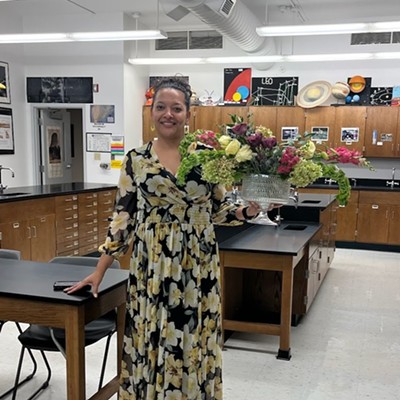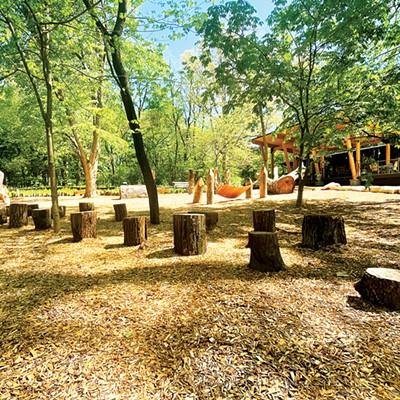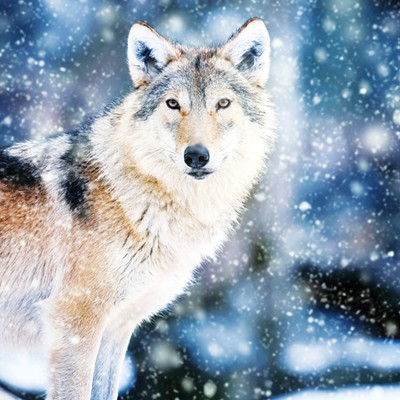If you're thinking of spring and can't wait to see beautiful flowers and a lush lawn next year, consider the following checklist of action items to do now:
Fertilize
September is the best time to fertilize the lawn and get the root system ready for winter, according to Joan Buckles of Pleasant Nursery, 4234 W. Wabash Ave. Fall is all about the roots.
If you weren't the person who planted the grass, take the time to identify it before applying fertilizer. The wrong fertilizer can poison your lawn. Take a photo of your lawn to Buckles, or visit the Illinois Extension website (https://extension.illinois.edu)to identify the type of grass in your yard.
Plant grass seed
September is also the time to plant grass seed on bare areas and overseed the existing lawn. Overseeding is adding seed to an existing lawn without turning the soil. With less weed competition, grass seed can germinate and establish roots before winter. If you plan to aerate the lawn to break up compaction and allow air movement in the soil, do so before overseeding.
Plant trees, shrubs and perennials
If your favorite tree is on sale, then give yourself the green light to buy, because planting can be done through October. As the air cools, the ground remains warm, which creates perfect growing conditions for roots to take hold.
Divide existing perennials
Perennials are flowers, vines and ornamental grasses that are planted once and return each year. If your perennial garden is getting crowded, fall is a great time to divide and transplant.
Dividing is a simple process. Dig up the plant to be divided and use a shovel or sharp knife to divide the root ball into smaller units. Return one portion of the plant back to the original hole. Make sure all roots are covered with soil and mulch, and give it a drink of water.
Take the divisions to their new place, dig a hole slightly larger than the root ball, add water, place roots in the hole and cover with soil and mulch. Cut back remaining foliage to reduce stress on the plant and assure that all nutrients go to the new root system. Water every couple of days while temperatures are high. Water less often as temperatures cool. The new transplants may be given a slow-release fertilizer, but be careful not to burn new roots with too much fertilizer. If you're unsure, stick with water and sunshine.
Plant bulbs
For early spring color, Candi Scheuermann, garden center manager at Green View, 3000 W. Jefferson St., recommends planting bulbs from September through the end of November. When planting large bulbs such as daffodils and tulips, place them eight inches deep and two to three bulbs per square foot. For smaller bulbs such as crocus, put them about five inches deep and three to five bulbs per square foot. Plant all bulbs with the pointed end up. To get bulbs of the same type to bloom at the same time, plant them at the same depth.
Bring delicate bulbs inside for protection
Some plants such as cannas, dahlia or gladiolus will die if allowed to freeze. Buckles recommends that once frost is in the forecast, cut back the foliage of the plant and dig up the bulbs to store in a cool, dry place over the winter. Bulbs can be stored in a box and covered with sawdust. If you have a refrigerator in the garage, Scheuermann said this is a perfect place to store these bulbs so they won't sprout too early.
Winter interest
No need to cut back all that is green before winter arrives. Buckles suggested leaving the ornamental onions, roses, butterfly bushes and hydrangeas behind for winter interest. These can be trimmed in the spring.
Create a protective covering and food source
Scheuermann advises leaving the leaves (or putting them in the compost bin) for birds and beneficial insects such as the praying mantis and lady beetle (not to be confused with the beetles that are prolific in fall and bite). Birds need leaves for protective cover and material to build nests. Bees and other pollinators appreciate late fall blooms for nectar and pollen grains.
If you are inspired to select perennials that will continue to bloom until late fall and other plants for winter interest, both Buckles and Scheuermann are happy to provide you with options and guidance. It's never too early to think spring.
Holly Whisler is a freelance writer from Springfield who has a long to-do list for her own garden.




